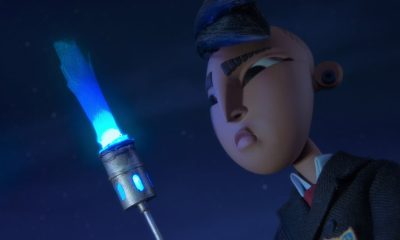Entertainment
‘Bayonetta 3’ Naive Angel mode isn’t censored enough to be kid-friendly
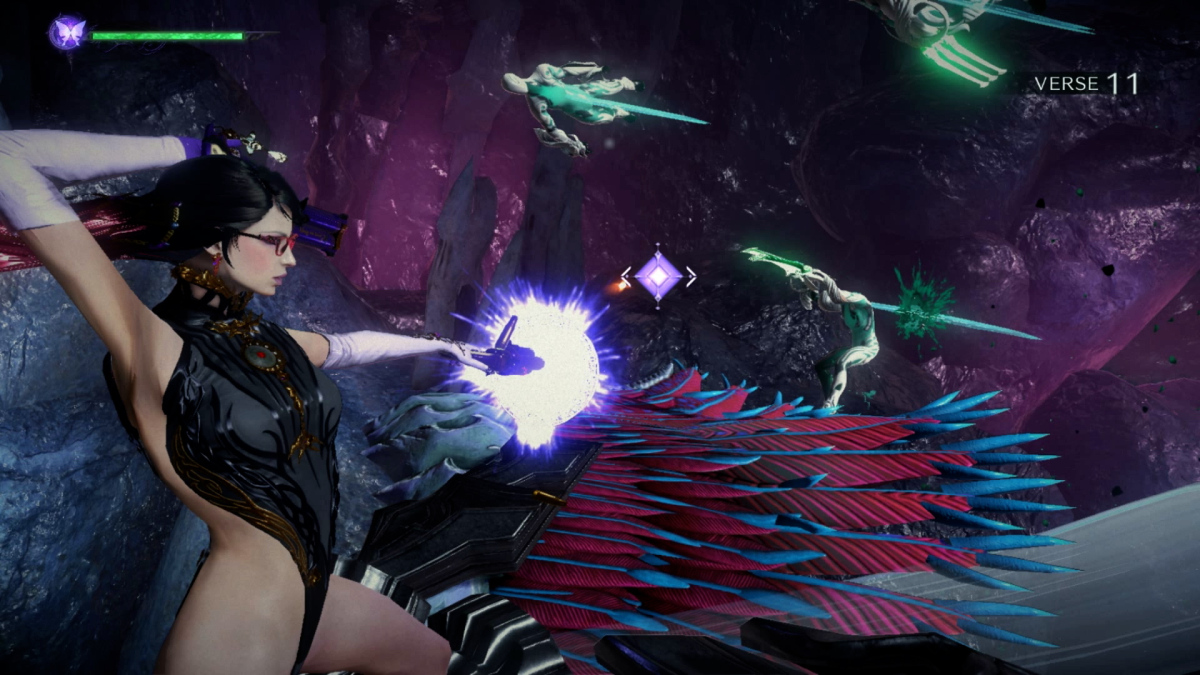
If you thought Bayonetta 3, with its novel censorship mode, was the first series entry you could play around your little ones, think again.
As one of the more risqué franchises in Nintendo’s (and Sega’s) back pocket, Bayonetta has always lived in a pretty weird space. It’s a game from a company you typically associate with family-friendliness, but it’s about a witch whose clothes constantly fall off her body while she shoots demons and angels with guns in her high heels. While I recognize that every family sets its own parameters for what media is acceptable, generally speaking, Bayonetta isn’t a wholesome, fun-for-all-ages romp like Mario.
Bayonetta 3, the latest from series developer Platinum Games, tries to fix this with what it calls “Naive Angel” mode; a mode which censors in-game images to be more presentable to those who you otherwise wouldn’t want to see them. However, Naive Angel mode is mostly a weird half-step towards general audience acceptability that doesn’t quite achieve its censorship goal while simultaneously robbing this Nintendo Switch exclusive of its distinctive soul.
What the heck is “Naive Angel”?
In every Bayonetta game, the titular gun-toting witch has a bevy of special moves that cause her to lose her clothing, which is also her hair. (Long story. Don’t ask.) Cutscenes, of which there are many, frequently zoom in suggestively on her anatomy, too. This provocative approach is pretty much the DNA of the series.
I am not here, however, to debate whether or not this portrayal of Bayonetta is morally right — some find it sexist, while others find it empowering. I’ll just point out that plenty of folks justifiably see Bayonetta as a queer icon.
Regardless of how you feel about it as a player, there’s always the possibility that someone else could walk into the room, see what you’re playing, and not be entirely thrilled about it. Naive Angel mode is for those people. In this mode, which is accessible from the options menu, Bayonetta is more buttoned up — she no longer disrobes during special attacks, covered only by detailed animations that artfully conceal her private bits.
But when it comes to Bayonetta’s roster of demon friends she can summon in battles, this PG-13 treatment only sort of applies.
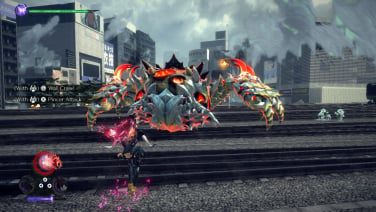
Naive Angel on.
Credit: Nintendo
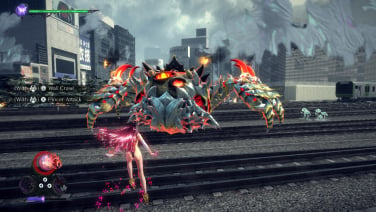
Naive Angel off.
Credit: Nintendo
For instance, in Naive Angel mode, her demon summon Madama Butterfly’s clothes are slightly less revealing in the chest area, as you can see in the YouTube channel GameXplain’s comparison video. She’s essentially just wearing different lingerie. The difference is marginal to the point where you can barely notice it, which is a theme with Naive Angel mode.
That said, the mode did get a big laugh out of me in one of the opening cutscenes. Bayonetta’s friend Rodin shows up smoking a cigar, which, in Naive Angel mode, has been hilariously replaced by a sort of chocolate-and-sprinkles-covered stick.
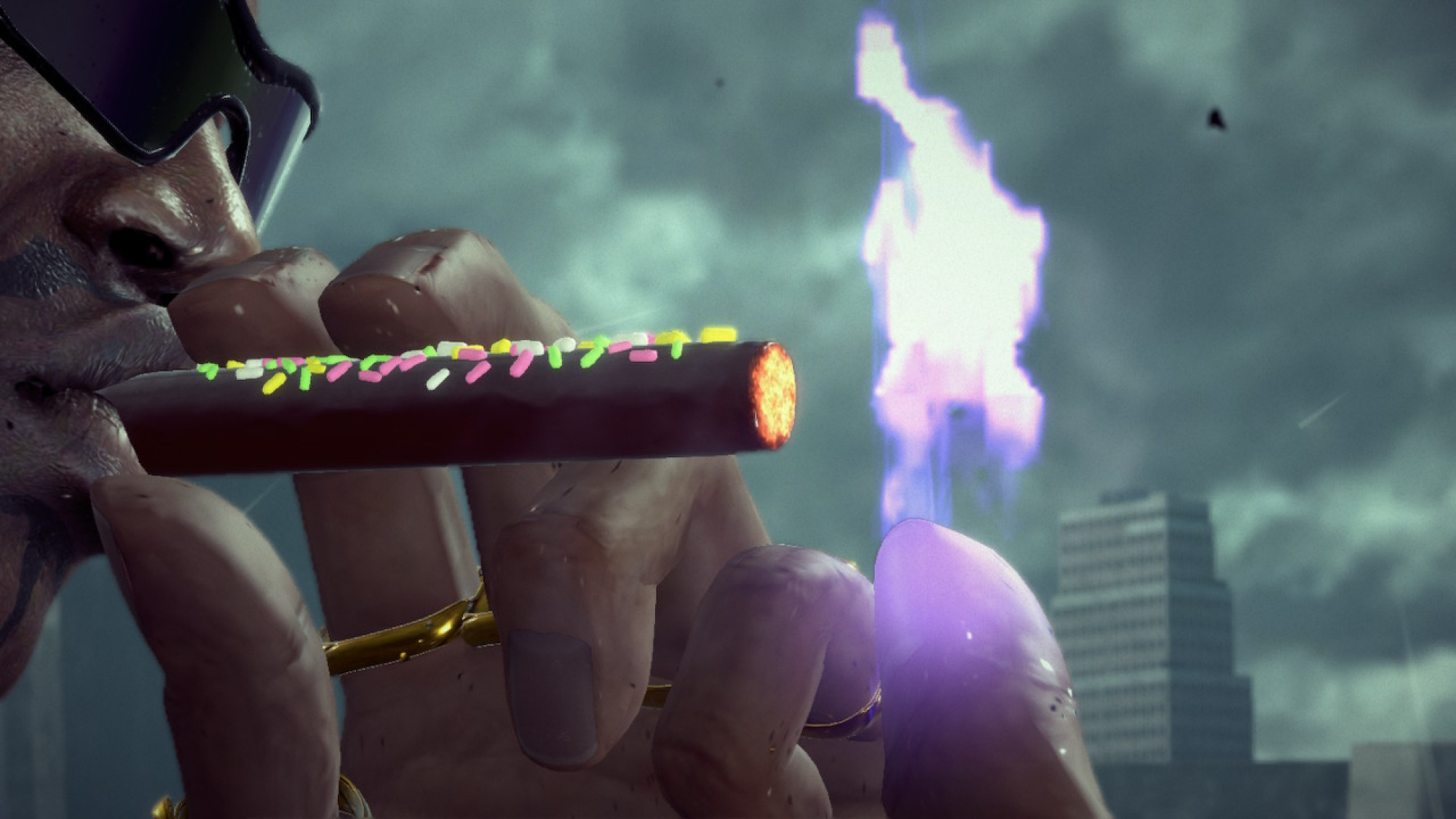
I got a kick out of this.
Credit: Nintendo
Sterile style
Naive Angel mode is a valiant effort by Platinum Games, I suppose, but it’s caught between doing too little and doing too much.
By “doing too little,” I mean this isn’t really a sanitized version of Bayonetta 3. The word “bullshit” makes an early appearance and the camera still captures close-up shots of Bayonetta’s body; she’s just wearing more clothes most of the time. You won’t see the brief and mostly implied bits of nudity that the series has always had, but you’ll get almost everything else.
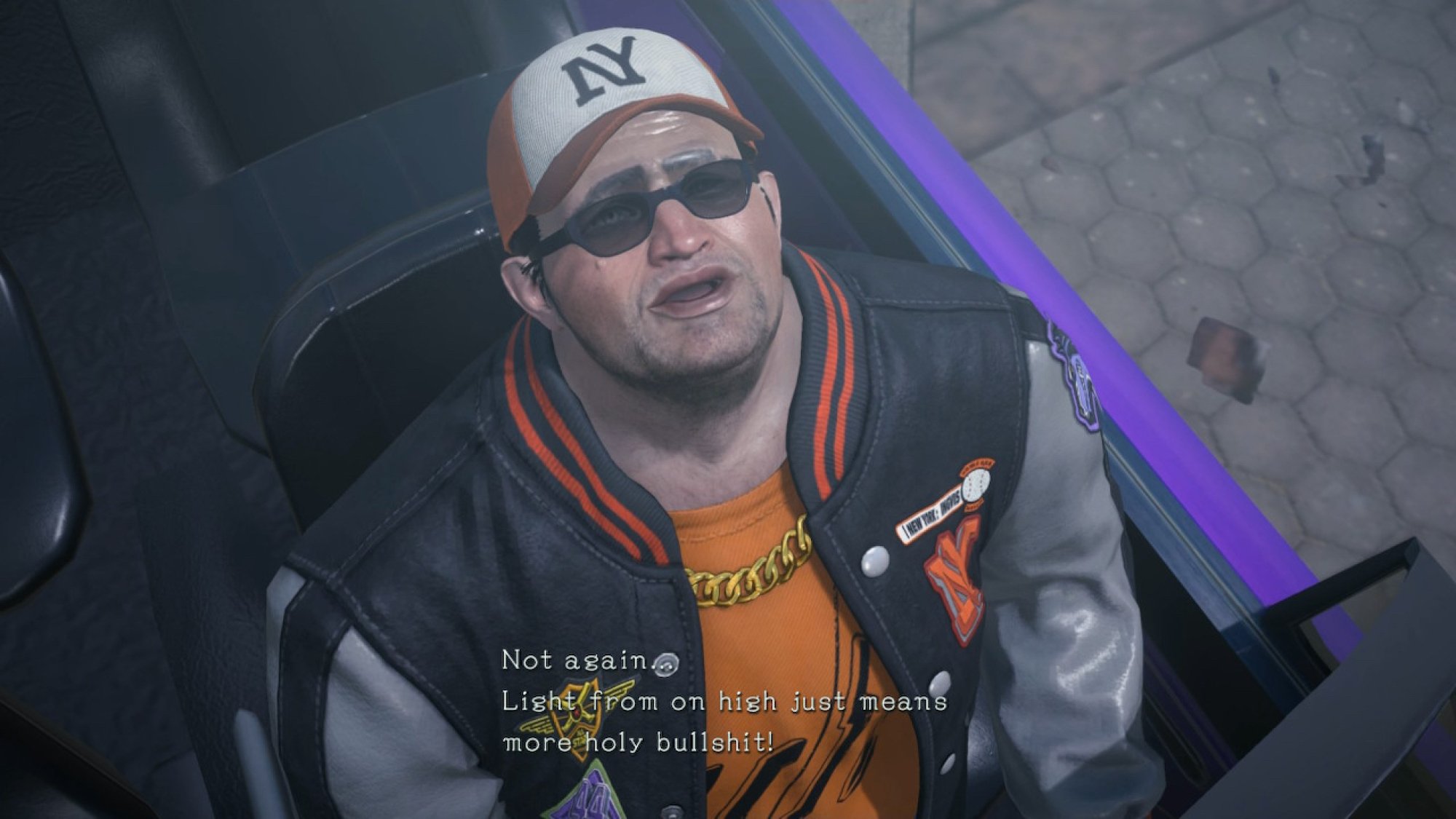
You know, kid-friendly dialogue!
Credit: Nintendo
And “by doing too much,” I feel that Naive Angel mode saps some of the soul out of what is otherwise a joyous experience. Bayonetta has always had style for days, with screen-filling bosses, cities being warped out of shape by demonic magic, catchy dance music, and a flair for fashion that you don’t get out of other action games like Devil May Cry. Your senses are being overloaded at all times on purpose.
It’s camp and I love it.
Maybe you don’t see it that way and you’d rather play a game without some of the more “inappropriate” bits, but even then you’d have to acknowledge that those bits are inextricably part of what Bayonetta has always been. While playing the opening chapters of the new game with Naive Angel mode turned on, I found myself noticing that something was just…off. It almost felt unfinished.
After disabling it and seeing the action play out as the developers intended, I realized what was going on: Theatrics. Bayonetta’s hair shapeshifting into clothes or even forming giant demon monsters is a key part of the premise, and it always has a lot of visual flair. Those animations combine with lively theme songs to make everything really sing. It’s jazz hands in video game form.
Without that element, the game just feels a little more empty than it should.
Maybe Naive Angel mode fits exactly into what your family considers appropriate for kids or otherwise. For my money, though, its half-baked censorship of things that maybe shouldn’t be censored at all ultimately feels a little disrespectful to Bayonetta herself.
-

 Business3 days ago
Business3 days agoElon Musk completes Twitter purchase, Meta’s in trouble and it’s time to admit self-driving cars ain’t gonna happen
-
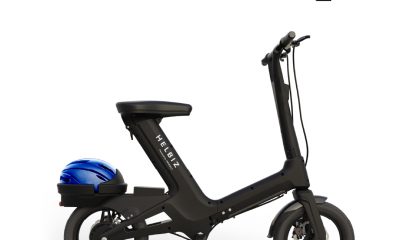
 Business7 days ago
Business7 days agoHelbiz’s Wheels acquisition fails to impress investors
-

 Business5 days ago
Business5 days agoElon Musk fired top Twitter execs including CEO, reports say
-

 Entertainment3 days ago
Entertainment3 days agoNASA’s about to test Martian landing gear in space thanks to this visionary
-

 Business6 days ago
Business6 days agoApis in talks to back fintech Money View at $1 billion valuation despite market slump
-

 Business5 days ago
Business5 days agoCountdown to compliance as EU’s Digital Services Act published
-

 Entertainment2 days ago
Entertainment2 days ago31 greatest breakup films to mend a shattered heart in 2022
-
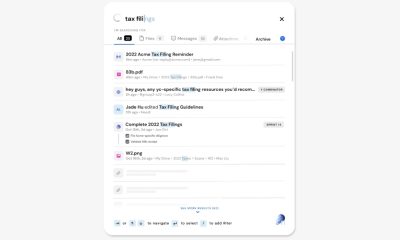
 Business6 days ago
Business6 days agoNeedl wants to become the search engine for your accounts







